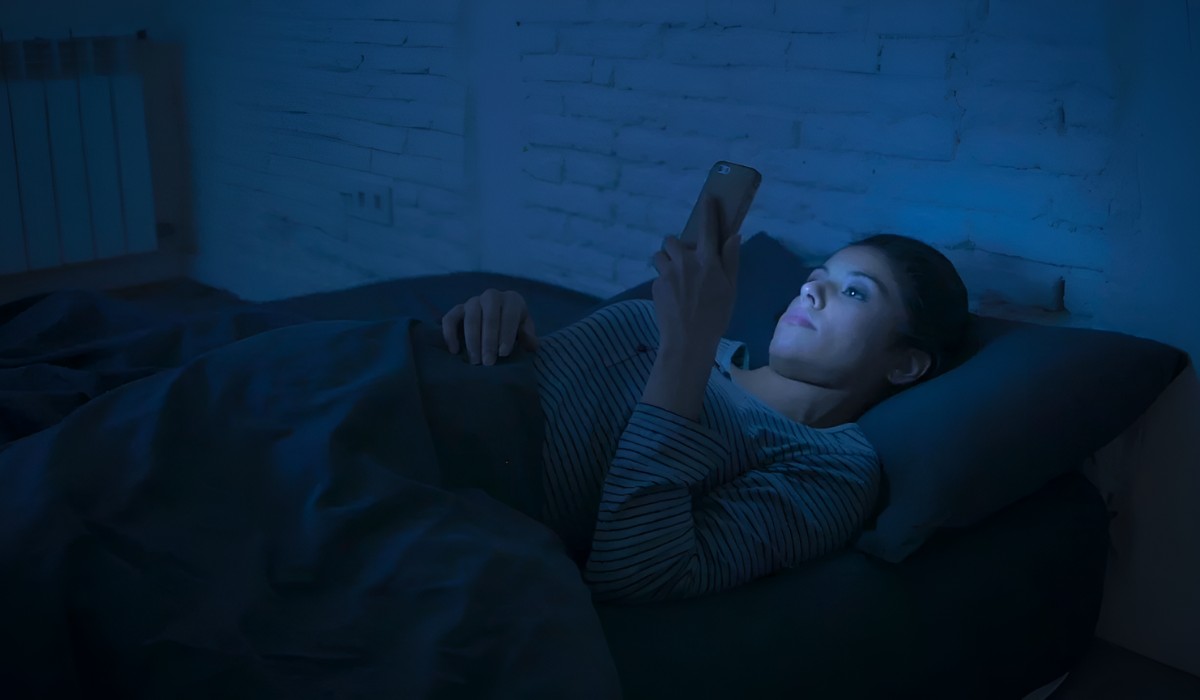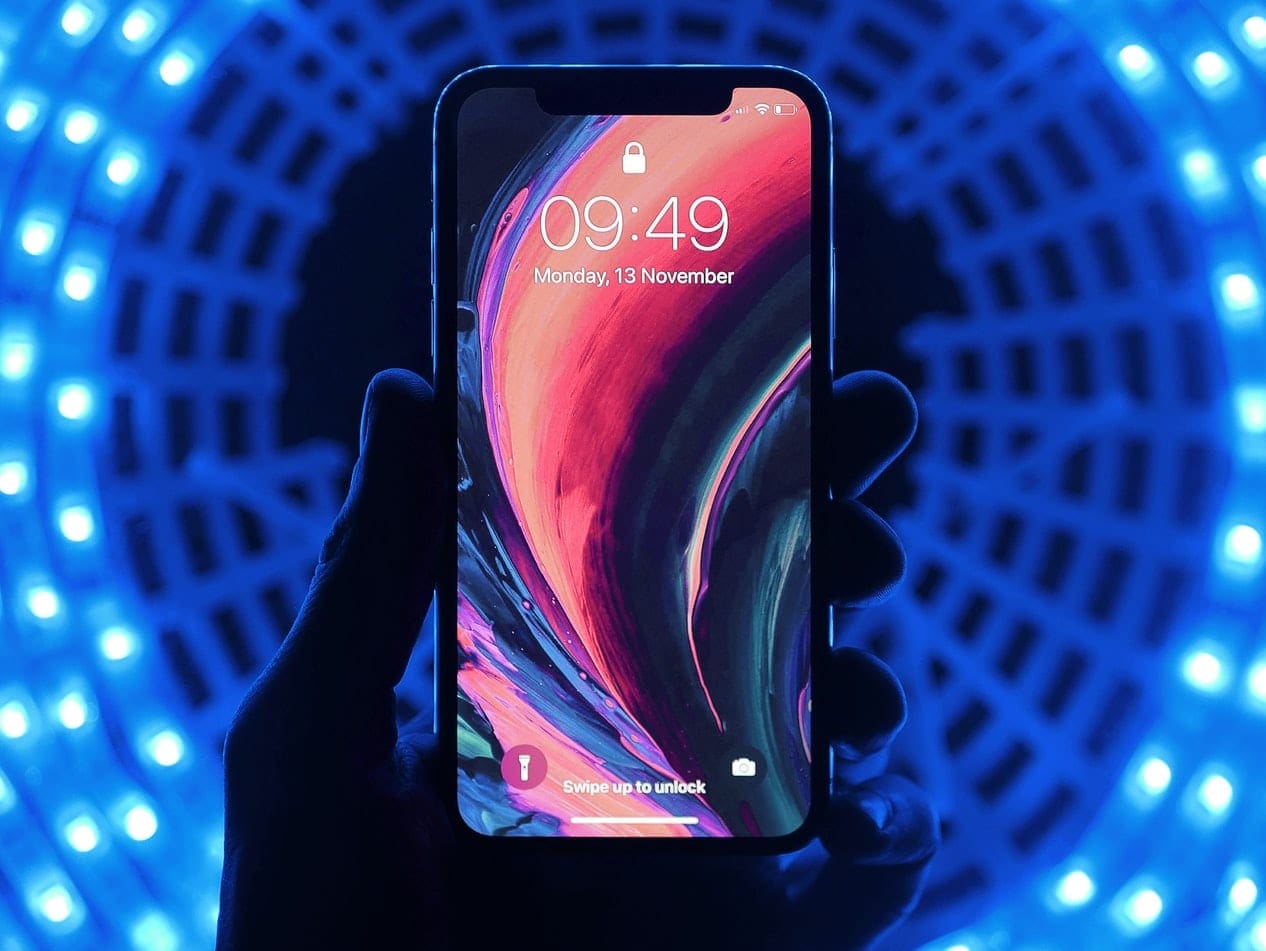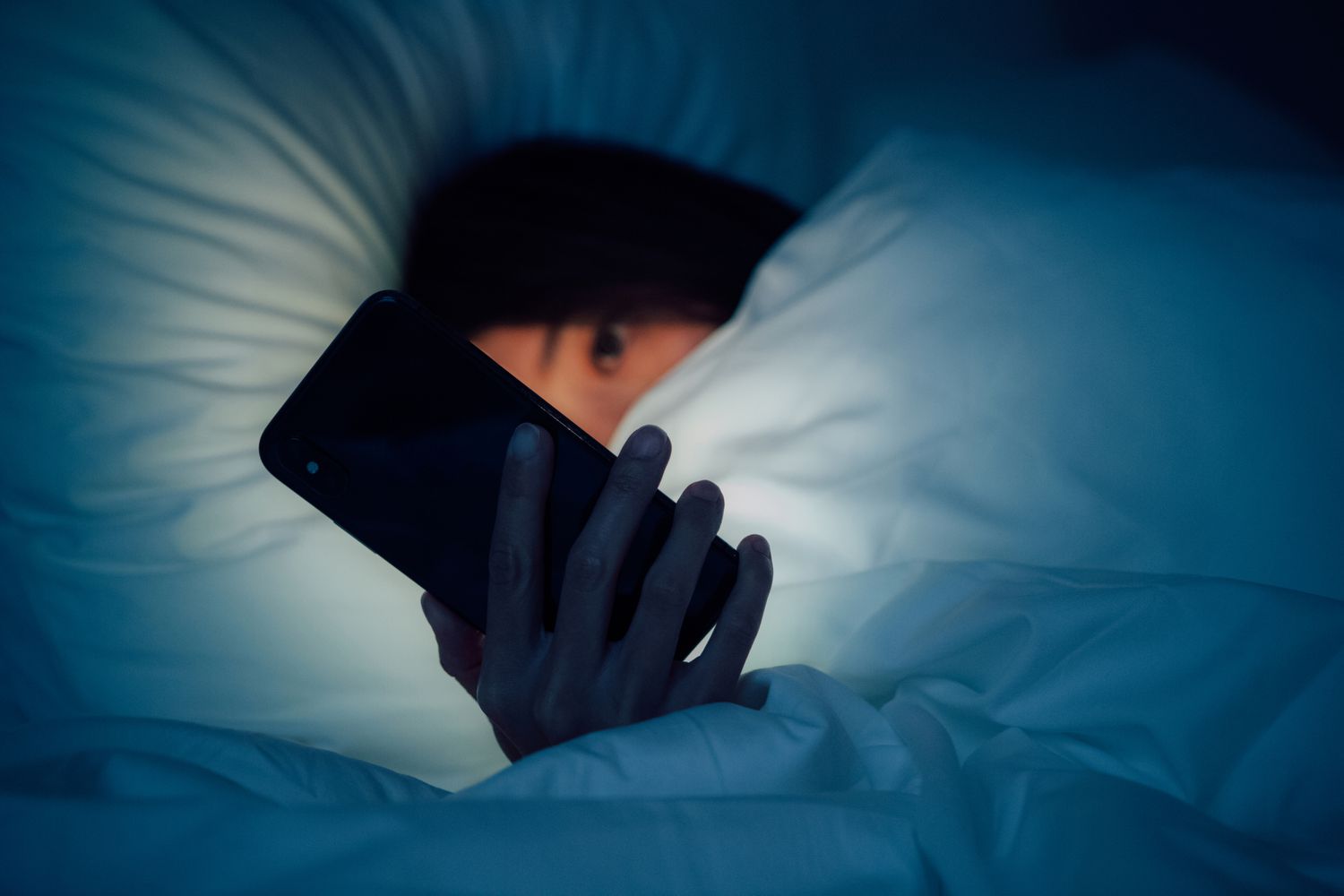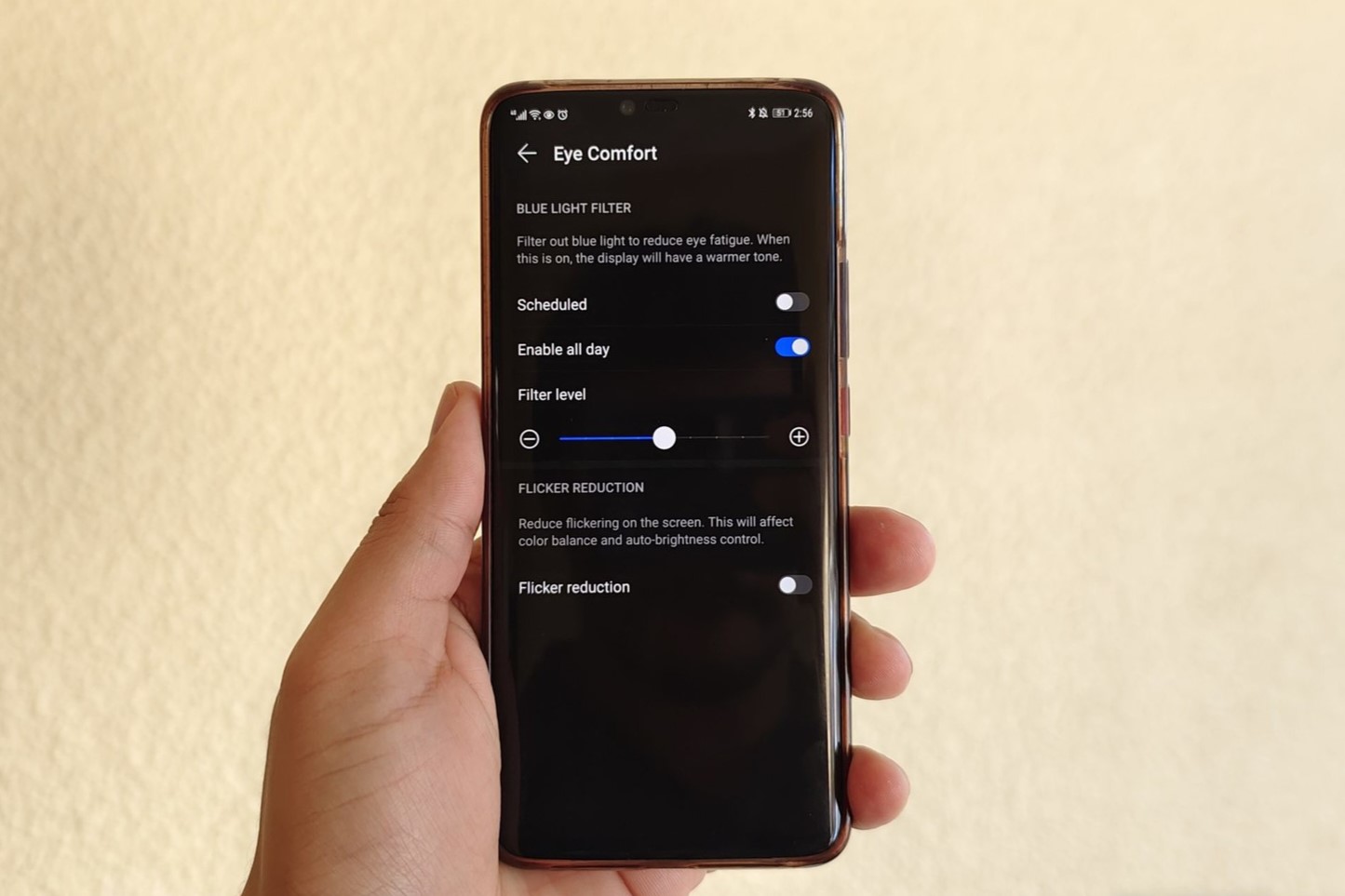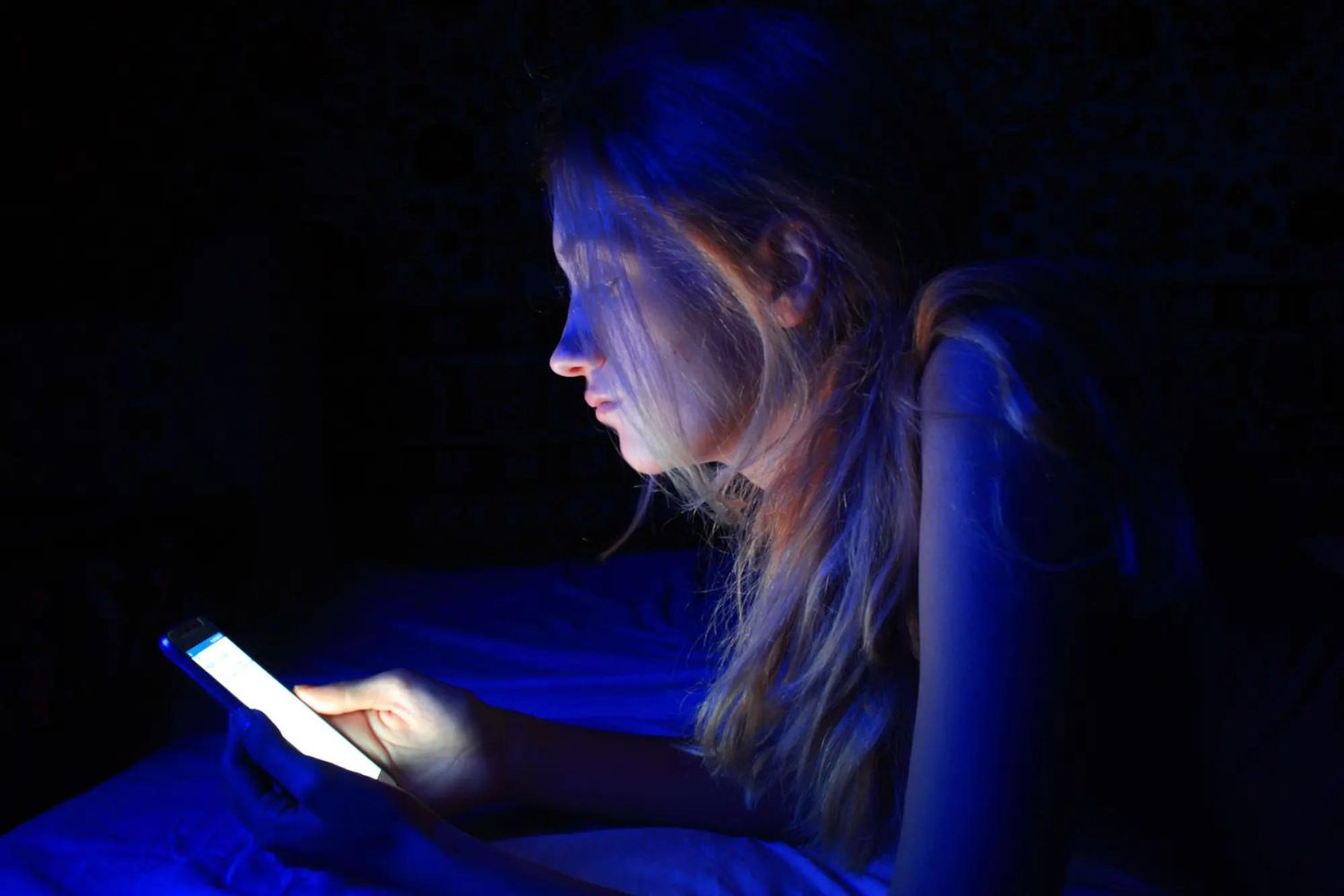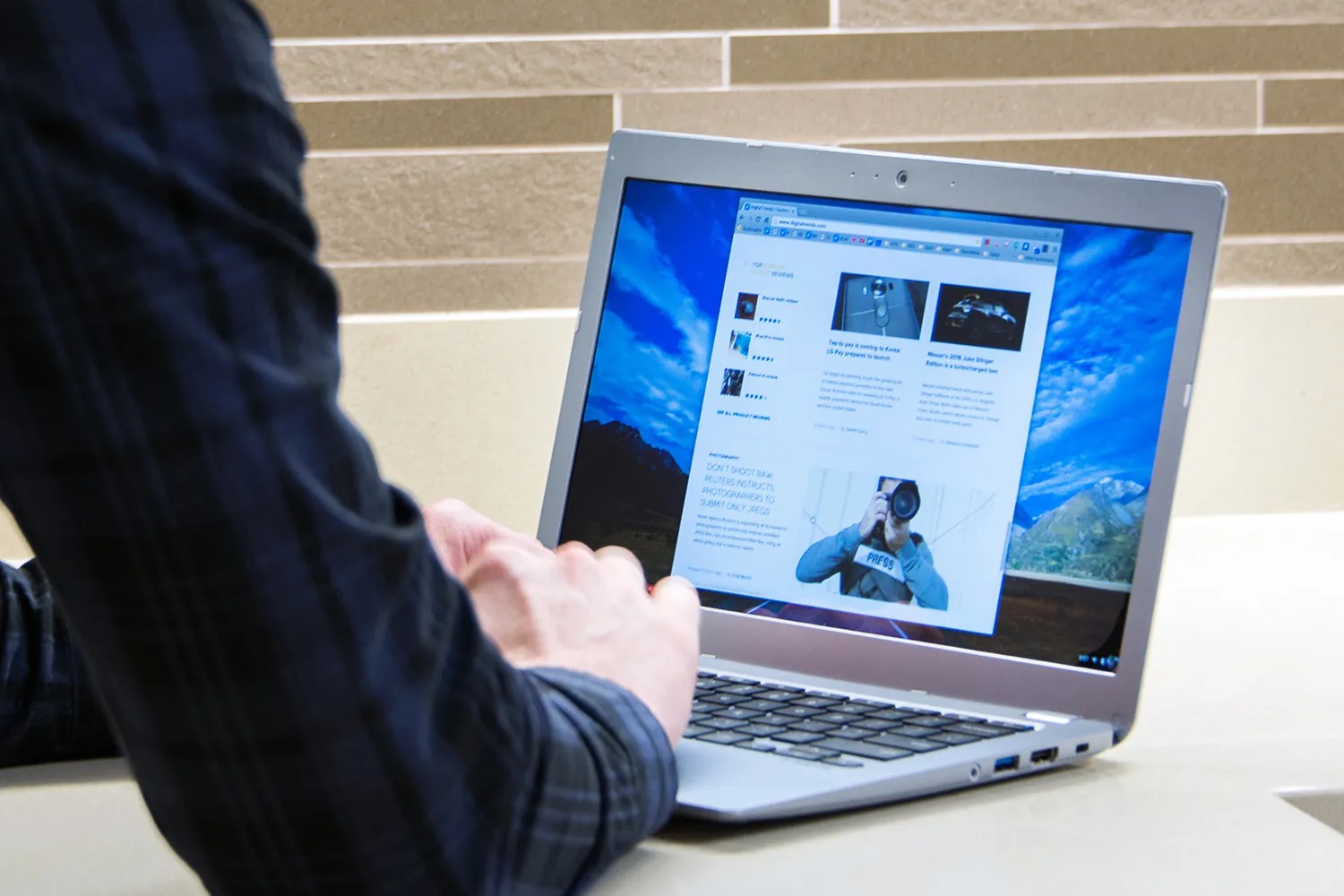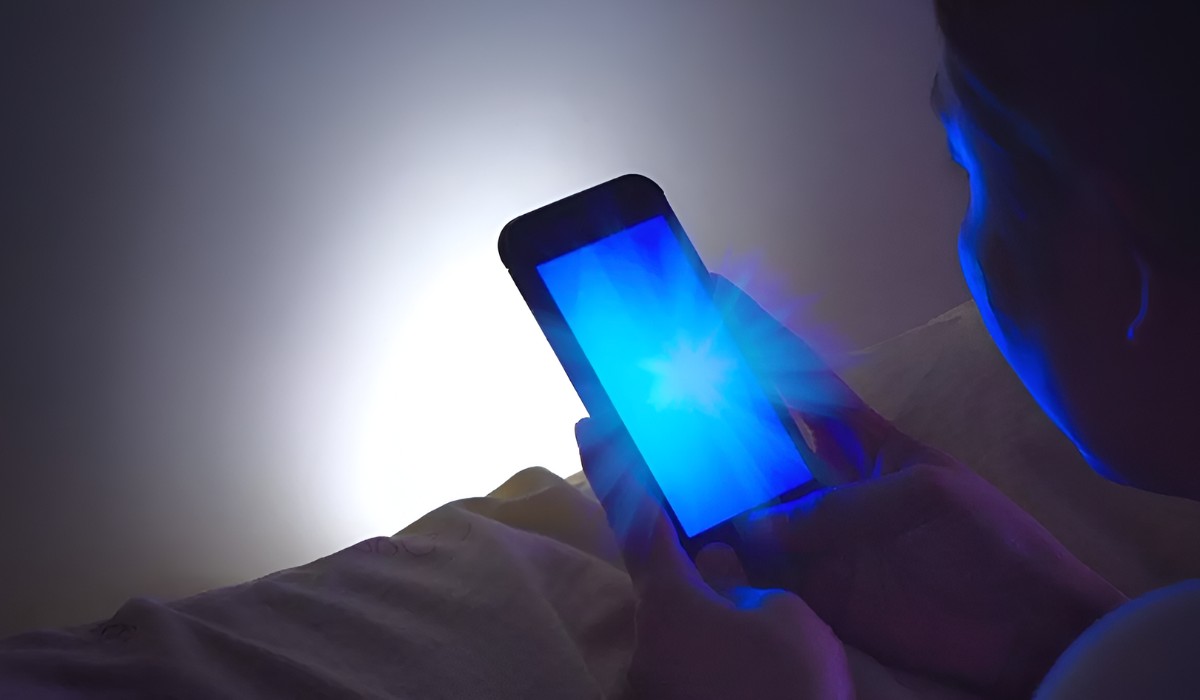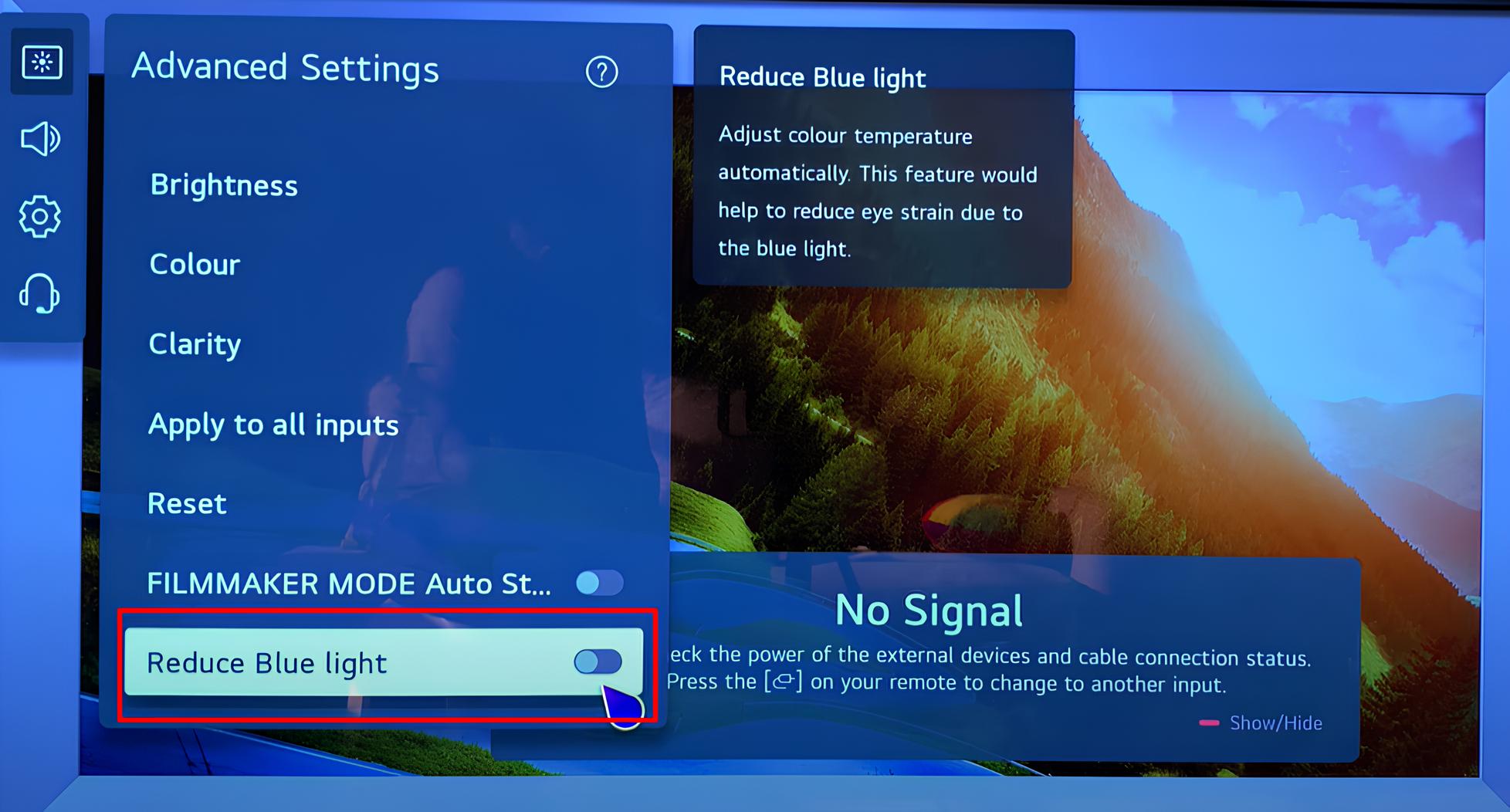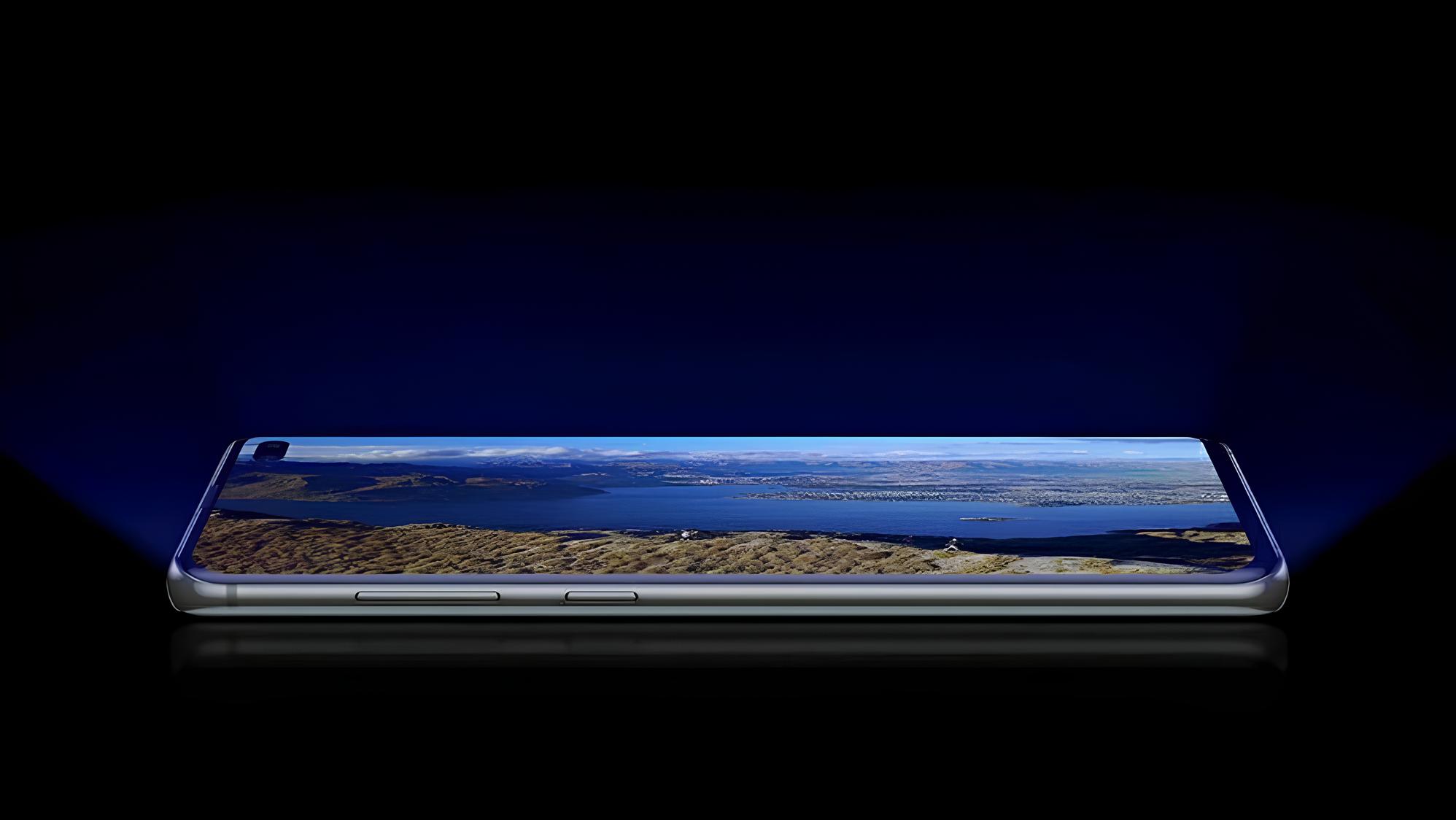Introduction
In today's digital age, smartphones have become an indispensable part of our daily lives. From staying connected with loved ones to accessing a wealth of information at our fingertips, these devices offer unparalleled convenience. However, the widespread use of smartphones has raised concerns about the potential adverse effects of prolonged screen time, particularly in relation to blue light emission.
The screens of modern smartphones, including the ubiquitous iPhone, emit blue light, which has been linked to various health issues. Prolonged exposure to blue light, especially during evening hours, can disrupt our circadian rhythm, leading to difficulties in falling asleep and obtaining restful slumber. Moreover, excessive blue light exposure has been associated with eye strain, fatigue, and headaches, impacting our overall well-being.
Fortunately, there are practical steps that iPhone users can take to mitigate the impact of blue light emission without compromising their device's functionality. By implementing these strategies, individuals can enjoy the benefits of their iPhones while minimizing the potential negative effects associated with blue light exposure.
In the following sections, we will explore a range of effective techniques to reduce blue light emission on iPhones. From leveraging built-in features to utilizing third-party applications and accessories, these approaches are designed to empower users to take control of their digital well-being. By integrating these strategies into their iPhone usage habits, individuals can foster a healthier relationship with their devices and prioritize their eye health and overall wellness.
Enable Night Shift Mode
Night Shift mode is a built-in feature on iPhones that offers a simple yet effective solution to reduce blue light emission from the device's screen. This feature works by adjusting the color temperature of the display to emit warmer tones, thereby minimizing the amount of blue light emitted during evening hours. By enabling Night Shift mode, users can experience a more soothing and gentle display, which can contribute to a more comfortable viewing experience, especially in low-light environments.
To activate Night Shift mode on an iPhone, users can follow these steps:
-
Access Display & Brightness Settings: Begin by navigating to the "Settings" app on the iPhone and selecting "Display & Brightness."
-
Enable Night Shift: Within the "Display & Brightness" settings, locate the "Night Shift" option. Users can then toggle the Night Shift feature on and customize the schedule according to their preferences.
-
Adjust Color Temperature: Additionally, users have the flexibility to adjust the color temperature to their liking, further tailoring the display to their individual comfort level.
By incorporating Night Shift mode into their iPhone usage habits, individuals can mitigate the disruptive effects of blue light emission, particularly during the evening and nighttime hours. This can be particularly beneficial for those who use their iPhones extensively before bedtime, as the warmer color tones emitted by Night Shift mode can help promote a more natural transition to a relaxed state, potentially enhancing the quality of sleep.
Moreover, Night Shift mode offers a seamless and hassle-free solution, as it is integrated directly into the iPhone's operating system. This means that users can effortlessly activate and customize this feature without the need for additional third-party applications or accessories. With Night Shift mode, iPhone users can proactively address the issue of blue light emission, fostering a more comfortable and eye-friendly digital experience.
Overall, enabling Night Shift mode on an iPhone represents a practical and user-friendly approach to reducing blue light emission. By taking advantage of this built-in feature, individuals can enjoy the benefits of their iPhones while safeguarding their eye health and promoting a more restful and rejuvenating experience, especially during evening usage.
Use Blue Light Filtering Apps
In addition to the built-in Night Shift mode, iPhone users can further enhance their blue light reduction efforts by leveraging blue light filtering apps. These applications are specifically designed to augment the device's existing features and provide additional customization options to effectively minimize blue light emission from the screen.
Blue light filtering apps offer a range of functionalities aimed at optimizing the display settings to create a more eye-friendly viewing experience. These apps typically allow users to adjust the color temperature, brightness levels, and blue light intensity according to their preferences. By offering a higher degree of customization than the native settings, these apps empower users to fine-tune their iPhone's display to suit their individual comfort and visual sensitivity.
When exploring blue light filtering apps for iPhones, users can choose from a variety of options available on the App Store. These apps often come with intuitive interfaces, making it easy for individuals to navigate and customize the display settings effortlessly. Furthermore, many of these apps offer scheduling capabilities, enabling users to automate the activation of blue light filtering based on their daily routines and usage patterns.
One notable advantage of utilizing blue light filtering apps is the ability to tailor the display settings to specific environmental conditions. For instance, users can adjust the color temperature and blue light intensity to optimize visibility in varying lighting environments, ensuring a consistently comfortable and visually optimized experience.
Moreover, blue light filtering apps can be particularly beneficial for individuals who have specific visual sensitivities or require precise control over their display settings. By providing a diverse array of customization options, these apps cater to a wide range of user preferences, accommodating varying degrees of sensitivity to blue light and screen brightness.
By integrating blue light filtering apps into their iPhone usage, individuals can take proactive measures to reduce blue light emission and minimize the potential impact on their eye health and overall well-being. These apps serve as valuable complements to the device's built-in features, offering enhanced flexibility and control over display settings to create a more personalized and visually comfortable experience.
In summary, the utilization of blue light filtering apps represents a proactive and user-centric approach to mitigating the effects of blue light emission from iPhone screens. By leveraging these apps, individuals can optimize their device's display settings to align with their unique visual preferences and reduce the potential strain associated with prolonged screen time, ultimately fostering a more comfortable and visually soothing digital experience.
Adjust Display Settings
In addition to utilizing built-in features and third-party apps, iPhone users can further optimize their display settings to effectively reduce blue light emission and create a more visually comfortable experience. By customizing the display settings, individuals can fine-tune their device to align with their specific visual preferences and mitigate the potential impact of blue light on their eyes.
Brightness Adjustment
One of the fundamental aspects of optimizing display settings on an iPhone is adjusting the brightness levels. By moderating the screen brightness, users can minimize the overall intensity of light emitted from the display, which can contribute to a more soothing and comfortable viewing experience. Lowering the brightness, particularly during evening and nighttime usage, can help reduce the strain on the eyes and minimize the disruptive effects of blue light exposure.
Contrast and Color Calibration
Another key consideration when adjusting display settings is the calibration of contrast and color settings. iPhones offer the flexibility to fine-tune the contrast and color balance, allowing users to tailor the display to their visual preferences. By optimizing contrast and color calibration, individuals can create a more visually balanced and comfortable viewing environment, which can help alleviate eye strain and minimize the impact of blue light emission.
Accessibility Features
iPhone users can explore the accessibility features available on their devices to further enhance the display settings for optimal visual comfort. Accessibility settings offer a range of options, including color filters and display accommodations, which can be utilized to mitigate the effects of blue light emission. By leveraging these features, individuals can customize their display settings to align with their specific visual sensitivities and reduce the potential strain associated with prolonged screen time.
Automatic Brightness and True Tone
Additionally, iPhones are equipped with automatic brightness and True Tone capabilities, which can contribute to a more adaptive and visually comfortable display. Automatic brightness adjusts the screen brightness based on ambient lighting conditions, ensuring optimal visibility while minimizing excessive light emission. True Tone technology dynamically adjusts the color temperature of the display to match the ambient lighting, creating a more natural and visually pleasing viewing experience.
By exploring and customizing the display settings on their iPhones, individuals can proactively address the issue of blue light emission and optimize their visual comfort. These adjustments, when tailored to individual preferences, can contribute to a more soothing and eye-friendly digital experience, ultimately promoting a healthier relationship with smartphone usage.
Incorporating these display setting adjustments into daily iPhone usage habits can empower individuals to take control of their digital well-being and prioritize their eye health, without compromising the functionality and usability of their devices. By leveraging the inherent flexibility of iPhone display settings, users can create a visually optimized environment that minimizes the potential impact of blue light emission, fostering a more comfortable and sustainable digital experience.
Use Blue Light Filtering Screen Protectors
In the pursuit of reducing blue light emission from iPhone screens, another practical and effective solution comes in the form of blue light filtering screen protectors. These specialized screen protectors are designed to minimize the transmission of blue light from the device's display, offering an additional layer of protection against the potential adverse effects associated with prolonged screen time.
Blue light filtering screen protectors are engineered to selectively block or absorb a portion of the blue light emitted by the iPhone's screen, thereby reducing the overall exposure to this high-energy visible light. By integrating these screen protectors, individuals can create a more visually comfortable and eye-friendly viewing environment, particularly during extended usage periods.
One of the notable advantages of blue light filtering screen protectors is their seamless integration with the iPhone's display. These protectors are designed to maintain the device's touchscreen functionality and visual clarity, ensuring that users can continue to interact with their iPhones without compromising the user experience. This means that individuals can benefit from the added blue light reduction without sacrificing the responsiveness or visual quality of their device's display.
Furthermore, blue light filtering screen protectors are available in a variety of options, allowing users to select the level of blue light reduction that aligns with their specific preferences and visual sensitivities. Whether seeking a subtle reduction in blue light transmission or a more comprehensive filtering effect, individuals can choose from a range of screen protectors tailored to their unique needs.
In addition to reducing blue light emission, these screen protectors offer the added benefit of safeguarding the iPhone's screen from scratches, smudges, and other forms of damage. This dual functionality ensures that users can protect their device while simultaneously prioritizing their eye health and visual comfort.
By incorporating blue light filtering screen protectors into their iPhone usage, individuals can proactively address the issue of blue light emission and minimize its potential impact on their eye health and overall well-being. These screen protectors serve as valuable accessories that complement the device's existing features, offering an additional layer of blue light reduction without compromising the functionality or aesthetics of the iPhone.
In summary, the utilization of blue light filtering screen protectors represents a practical and user-centric approach to mitigating the effects of blue light emission from iPhone screens. By integrating these screen protectors, individuals can create a more visually comfortable and sustainable digital experience, prioritizing their eye health while maximizing the benefits of their iPhones.
Conclusion
In conclusion, the pervasive use of smartphones, including the ubiquitous iPhone, has brought to the forefront the issue of blue light emission and its potential impact on eye health and overall well-being. As individuals increasingly rely on their iPhones for various activities, from communication to entertainment, it becomes imperative to implement practical strategies to reduce the adverse effects of prolonged screen time and blue light exposure.
By enabling Night Shift mode, iPhone users can effortlessly adjust the color temperature of their device's display, creating a more soothing and gentle viewing experience, especially during evening and nighttime usage. This built-in feature serves as a user-friendly solution to minimize the disruptive effects of blue light emission without compromising the functionality of the iPhone.
Moreover, the integration of blue light filtering apps offers a heightened level of customization, allowing individuals to fine-tune their display settings and automate blue light reduction based on their daily routines. These apps provide a valuable complement to the iPhone's native features, empowering users to take proactive measures to optimize their visual comfort and mitigate the potential strain associated with prolonged screen time.
Furthermore, the customization of display settings, including brightness adjustment, contrast calibration, and the utilization of accessibility features, presents an opportunity for individuals to tailor their iPhone's display to align with their specific visual preferences. By leveraging these adjustments, users can create a more visually balanced and comfortable viewing environment, ultimately reducing the impact of blue light emission on their eyes.
Additionally, the incorporation of blue light filtering screen protectors offers a practical and seamless solution to further minimize blue light transmission from iPhone screens. These specialized protectors not only reduce blue light exposure but also provide added screen protection, ensuring a dual benefit for users seeking to prioritize their eye health while safeguarding their devices.
In essence, the collective implementation of these strategies empowers iPhone users to foster a healthier relationship with their devices while mitigating the potential adverse effects of blue light emission. By proactively addressing the issue of blue light exposure, individuals can prioritize their eye health and overall well-being, ensuring a more sustainable and visually comfortable digital experience.
Ultimately, by integrating these practical tips into their iPhone usage habits, individuals can strike a balance between leveraging the benefits of smartphone technology and safeguarding their eye health, fostering a harmonious and sustainable digital lifestyle.







